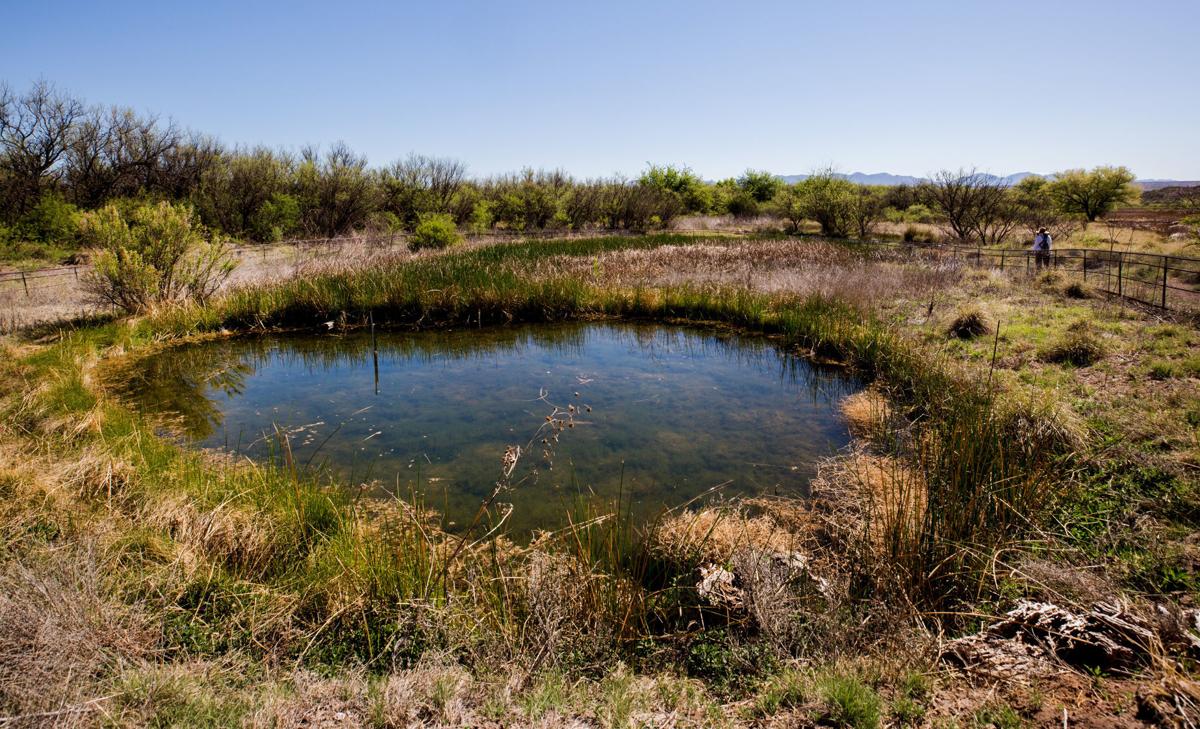The following column is the opinion and analysis of the writer.
Lanny Davis has now twice stated in these pages that it’s simple common sense that if the Arizona Department of Water Resources (ADWR) said there was an adequate water supply that the San Pedro would be protected. However, the adequate water supply law does not protect nearby surface waters. The adequate water supply permit simply requires the developer demonstrate that it has enough water to meet the demands of development for a period of 100 years.
Impacts on other landowners and on surface waters are not protected. Lest there be any doubt on this question, consider the 2018 Arizona Supreme Court decision in Silver v. Pueblo Del Sol. In establishing the San Pedro Riparian National Conservation Area (SPRNCA) in 1988, the U.S. Congress created a federal water right to meet the purposes of the SPRNCA, which includes the protection of surface waters. In Silver, the court ruled that there was no obligation on ADWR, in deciding whether Pueblo del Sol had an adequate water supply, to consider the impacts of the development on the San Pedro River.
Based on available data, St. David Cienega on the San Pedro National Conservation Area draws from the same aquifer as the proposed Vigneto development. Since the developer last modeled groundwater in this area, new USGS hydrogeologic information has been made available. This hydrogeologic data, updated modeling, isotopic data and thermal data all indicate that St. David Cienega depends on the underlying confined aquifer that the Vigneto development will pump from. This pumping will thus entail impacts on the San Pedro and the threatened and endangered species that rely on the St. David Cienega.
The federal reserved water right, while it exists on paper, must be defended in court and in administration of federal decisions or it does not exist in reality. The federal agencies involved in this case: the U.S. Fish and Wildlife Service, Bureau of Land Management, EPA, and the Army Corps are all negligent in their duties to protect Congress’ intent and the public trust of protecting scarce biological and physical resources.





